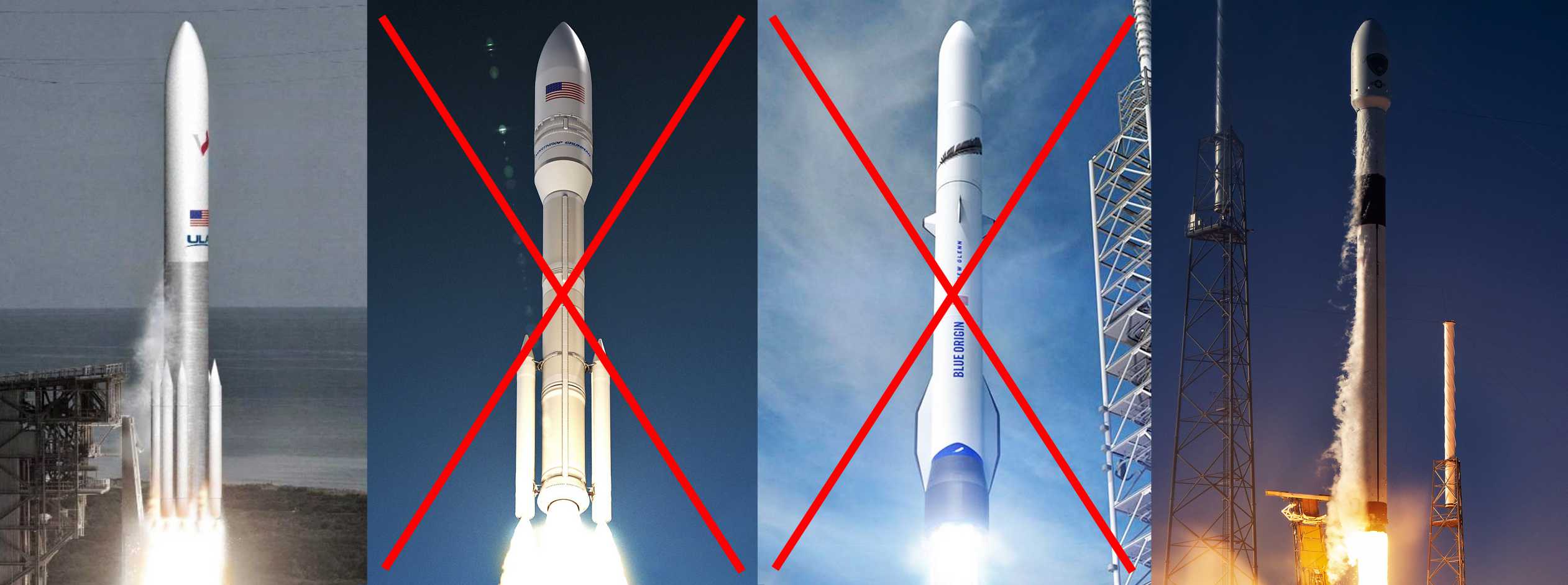

News
SpaceX, ULA win multibillion-dollar military launch contract years in the making
Ending a process that began almost two years ago, the US Air Force (now Space Force) has selected SpaceX and ULA to be the recipients of a multibillion-dollar series of launch contracts that stretch into the late 2020s.
Known as the National Security Space Launch Phase 2 Launch Services Acquisition (LSA), the US Air Force publicly began the initiative in Q4 2018. In May 2019, the LSA process was opened to bidders and the military ultimately received serious proposals from SpaceX, the United Launch Alliance (ULA), Northrop Grumman, and Blue Origin.
While the latter three companies proposed their respective next-generation rockets – still in development – to complete at least a dozen military launches from 2022 to 2027, SpaceX offered up Falcon 9 and Falcon Heavy. As of April 2020, Falcon 9 officially usurped ULA’s Atlas V rocket to become the United States’ most prolific operational rocket. While ULA has technically included Atlas V as a backup option in its NSSL Phase 2 bid, the company’s primary launch vehicle is Vulcan Centaur, scheduled to fly for the first time no earlier than July 2021.
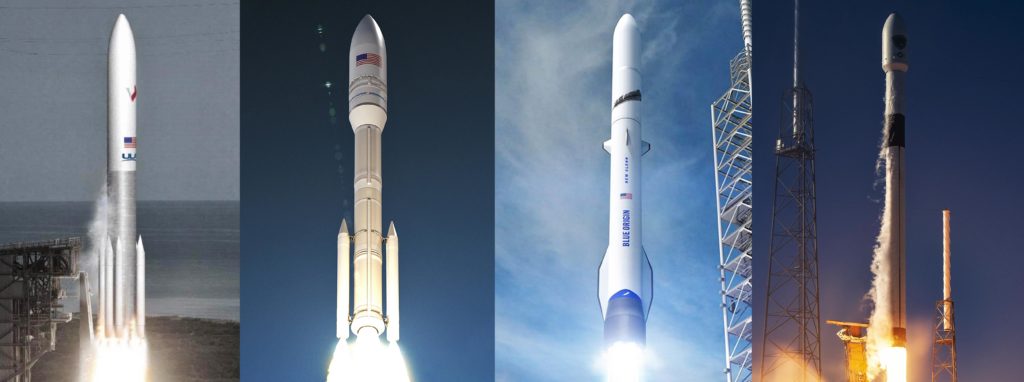
As a result, failing to award SpaceX at least one of the two NSSL LSA Phase 2 slots – split 60:40 – would have almost assuredly made a farce of the US military competition. The real question, then, was who would win the other award, and whether the US military would shock the industry with a final decision more technical than political. As previously discussed on Teslarati, the fact that four separate companies submitted serious bids for Phase 2 gave the US military a significant opportunity.
“For dubious reasons, the US Air Force (USAF) has structured the NSSL Phase 2 acquisition in such a way that – despite there being four possible competitors – only two will be awarded contracts at its conclusion. The roughly ~34 launch contracts up for grabs would be split 60:40 between the two victors, leaving two competitors completely empty handed.”
Teslarati.com — August 14th, 2019
Despite repeated petitions by Blue Origin and the attempted intervention of lawmakers in Congress, the US military remained ardently against awarding Phase 2 launch contracts to more than two providers throughout the competition. Barring a successful protest from snubbed bidders Northrop Grumman and/or Blue Origin, it appears that the military ultimately won the battle, selecting two providers.
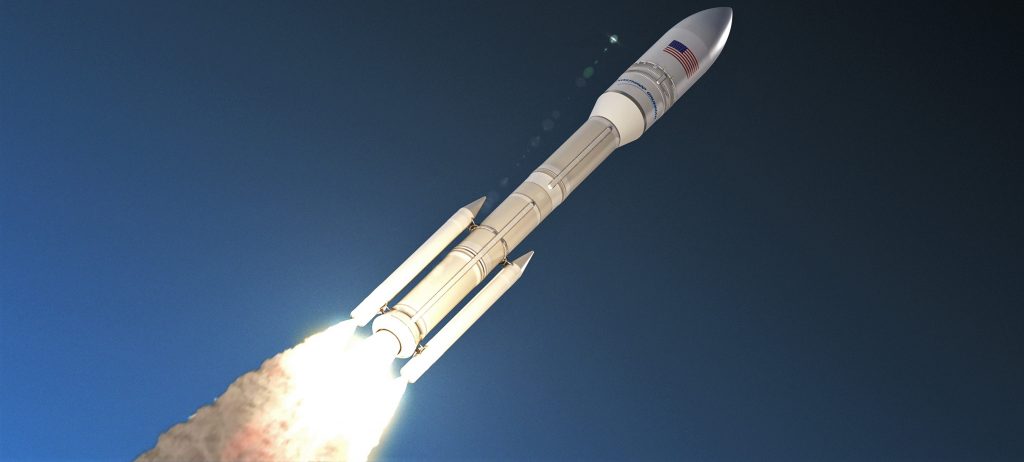
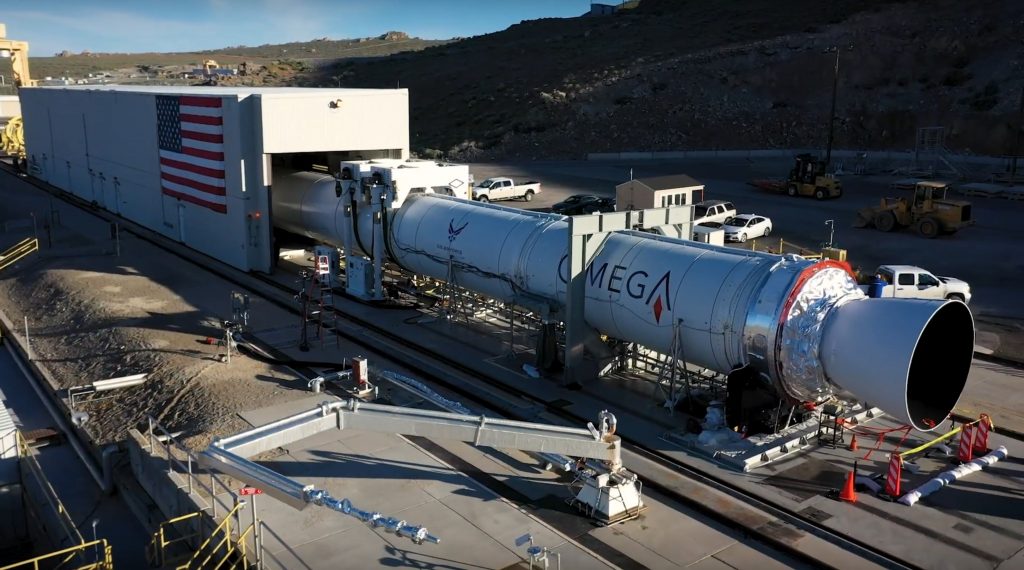
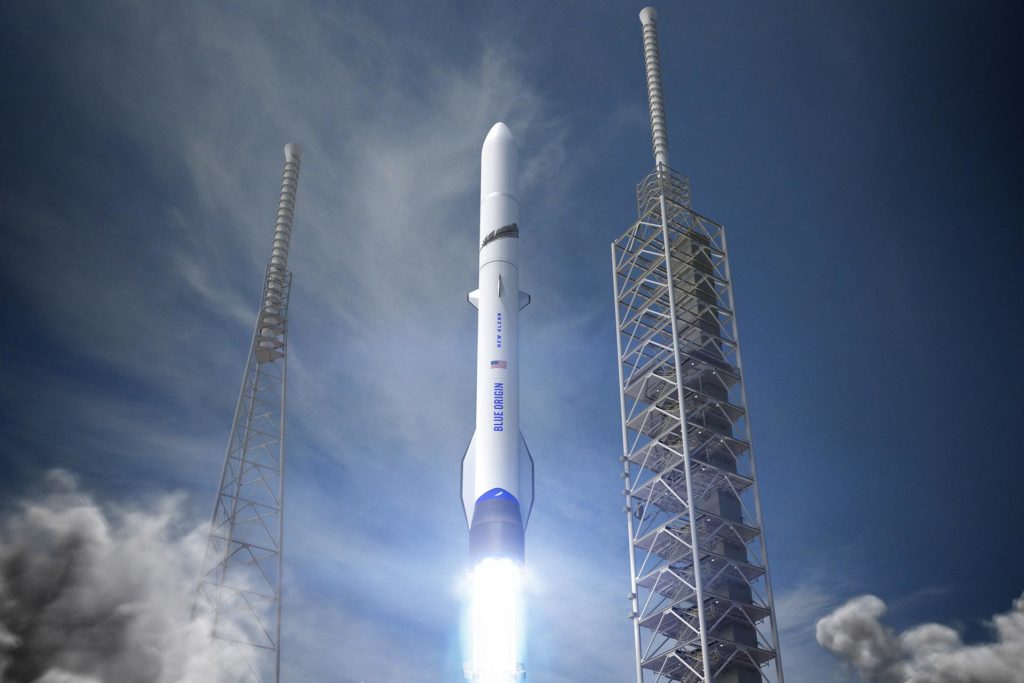
Instead of awarding even just a handful of the 34 launch contracts up for grabs to Northrop Grumman, the US Space Force is all but guaranteeing that the company’s Omega rocket will die in the cradle without an immediate slew of additional military contracts. There’s a chance that NSSL Phase 1 LSA funding will continue, likely giving NG the money it needs to complete Omega’s development, but that’s far from guaranteed.
Funded entirely out of Jeff Bezos’ pocket, Blue Origin’s ambitious New Glenn reusable rocket is more insulated from a lack of US military contracts and the company could also continue to receive several hundred million dollars as part of an LSA Phase 1 award. For Blue Origin, already set on entering New Glenn into the commercial launch market, military funding could ensure that the company does the extra work needed to certify the rocket and its production facilities for military launches.
Down the road, that means that the US Air Force, Space Force, or National Reconnaissance Office (NRO) could all feasibly award Blue Origin or Northrop Grumman launch contracts outside the 34 Phase 2 missions without having to start a development and certification process that can take a year or more from scratch.
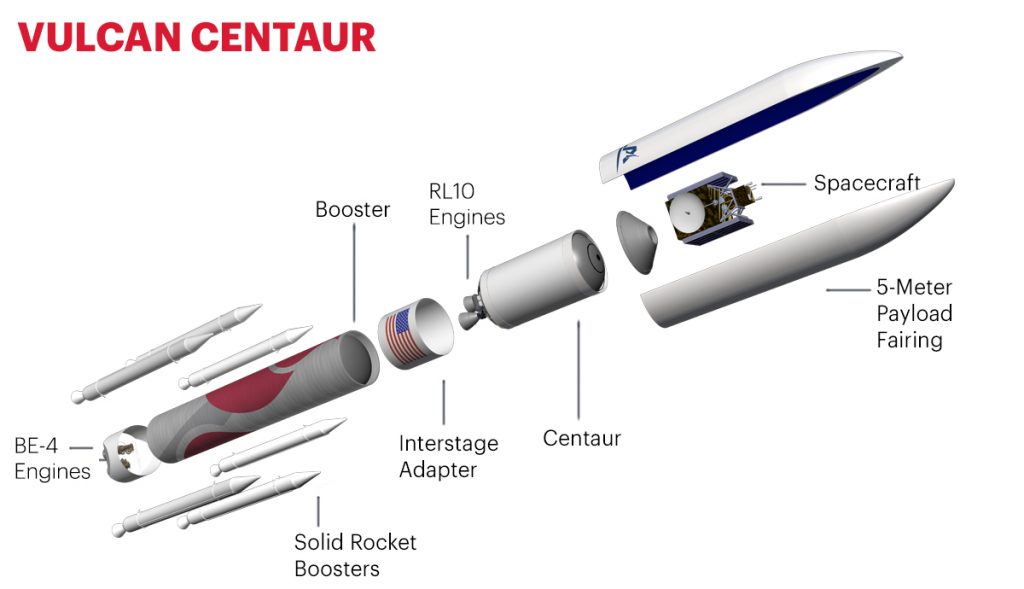
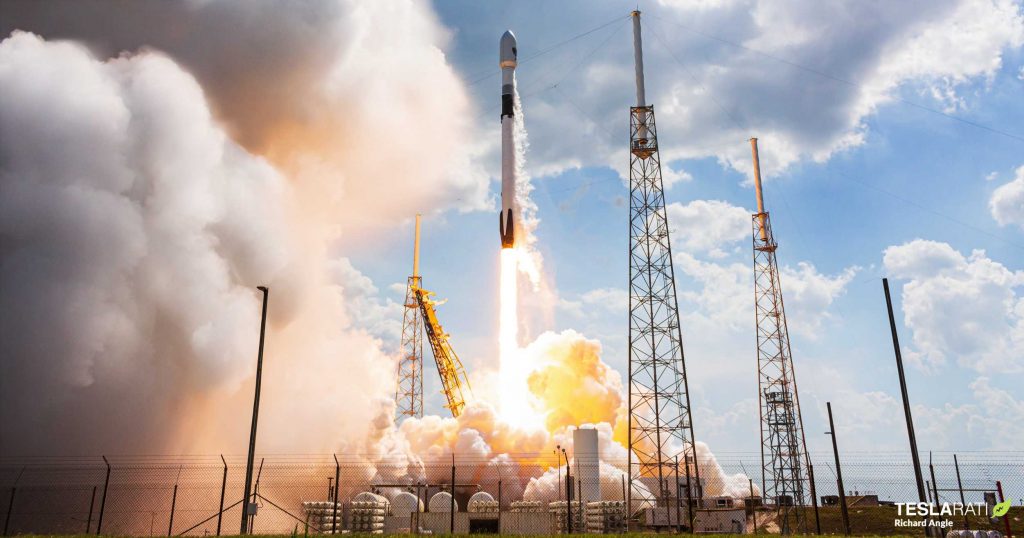
Regardless of the missed opportunities, the NSSL LSA Phase 2 contract is a major win for SpaceX and guarantees the company’s Falcon 9 and Falcon Heavy rockets some 13-14 military launch contracts over a five-year period. For ULA, the victory is likely a massive relief, given that the company’s next-generation (expendable) Vulcan Centaur rocket has next to no chance of sustaining itself with commercial launch contracts. Much like Atlas V in the last decade of the rocket’s life and Delta IV over most of its two-decade career, ULA’s Vulcan rocket will continue the trend of relying almost exclusively on US military contracts.
This time around, however, the US military’s preferential treatment of ULA is nakedly obvious. At almost every turn, SpaceX’s Falcon 9 and Falcon Heavy rockets can provide the same launch services as ULA for anywhere from 20-50% less. For the few missions (direct to geostationary) where ULA’s Atlas V, Delta IV, and Vulcan rockets might actually have a step up over SpaceX, the US could have easily awarded ULA the smaller 40% share or even split that 40% share with Blue Origin or Northrop Grumman, giving SpaceX the lion’s share and likely saving hundreds of millions of dollars – if not $1B+ – over the next seven years.
Instead, business (more or less) as usual will continue for at least another decade as the US military functionally subsidizes ULA’s existence by prioritizing a more expensive rocket to achieve the same outcome. The first LSA Phase 2 launches are currently scheduled to begin no earlier than (NET) 2022.
Check out Teslarati’s Marketplace! We offer Tesla accessories, including for the Tesla Cybertruck and Tesla Model 3.
News
These Tesla, X, and xAI engineers were just poached by OpenAI
The news is the latest in an ongoing feud between Elon Musk and the Sam Altman-run firm OpenAI.
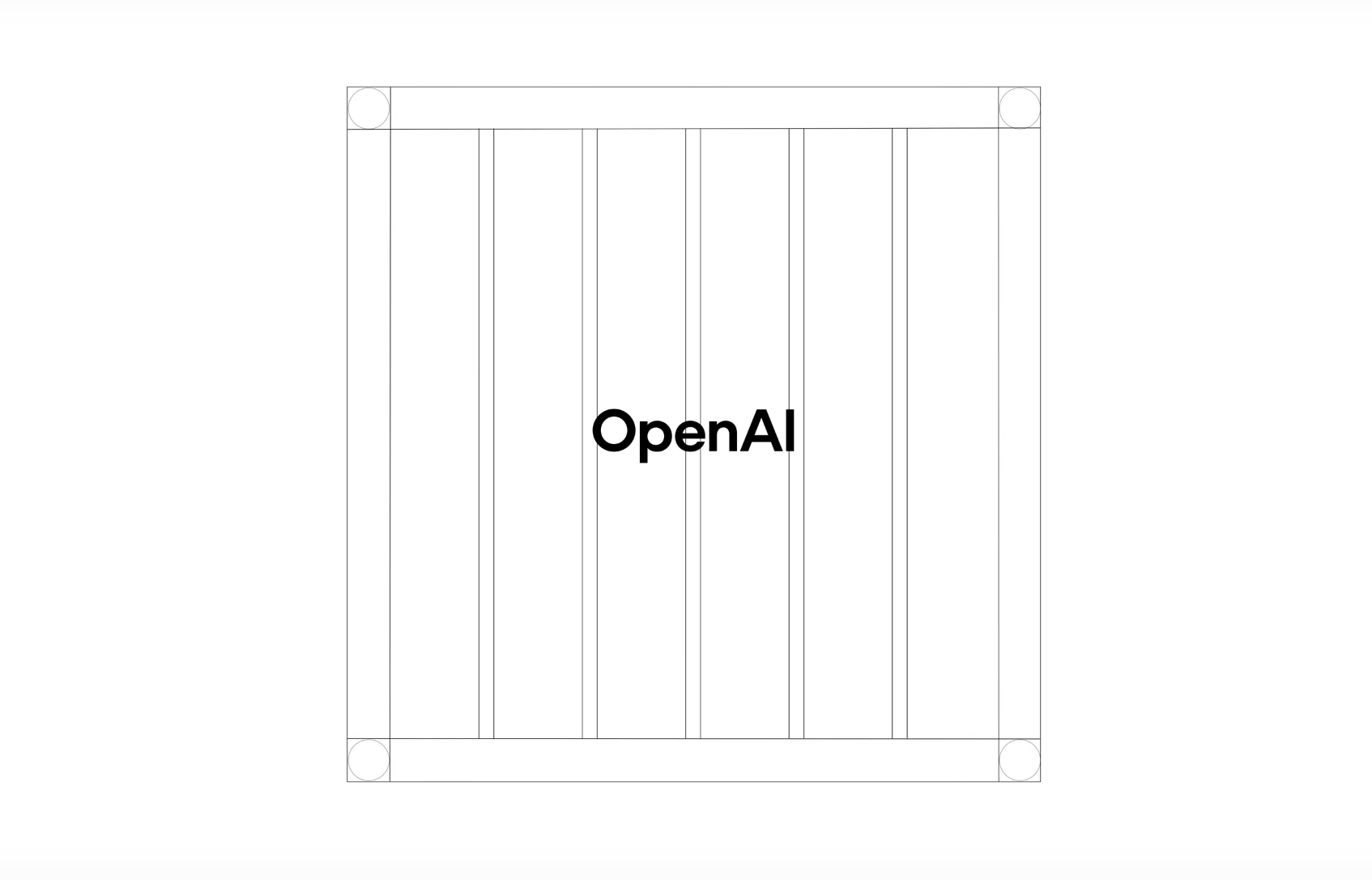
OpenAI, the xAI competitor for which Elon Musk previously served as a boardmember and helped to co-found, has reportedly poached high-level engineers from Tesla, along with others from xAI, X, and still others.
On Tuesday, Wired reported that OpenAI hired four high-level engineers from Tesla, xAI, and X, as seen in an internal Slack message sent by co-founder Greg Brockman. The engineers include Tesla Vice President of Software Engineering David Lau, X and xAI’s head of infrastructure engineering Uday Ruddarraju, and fellow xAI infrastructure engineer Mike Dalton. The hiring spree also included Angela Fan, an AI researcher from Meta.
“We’re excited to welcome these new members to our scaling team,” said Hannah Wong, an OpenAI spokesperson. “Our approach is to continue building and bringing together world-class infrastructure, research, and product teams to accelerate our mission and deliver the benefits of AI to hundreds of millions of people.”
Lau has been in his position as Tesla’s VP of Software Engineering since 2017, after previously working for the company’s firmware, platforms, and system integration divisions.
“It has become incredibly clear to me that accelerating progress towards safe, well-aligned artificial general intelligence is the most rewarding mission I could imagine for the next chapter of my career,” Lau said in a statement to Wired.
🚨Optimistic projections point to xAI possibly attaining profitability by 2027, according to Bloomberg's sources.
If accurate, this would be quite a feat for xAI. OpenAI, its biggest rival, is still looking at 2029 as the year it could become cash flow positive.💰 https://t.co/pE5Z9daez8
— TESLARATI (@Teslarati) June 18, 2025
READ MORE ON OPENAI: Elon Musk’s OpenAI lawsuit clears hurdle as trial looms
At xAI, Ruddarraju and Dalton both played a large role in developing the Colossus supercomputer, which is comprised of over 200,000 GPUs. One of the major ongoing projects at OpenAI is the company’s Stargate program,
“Infrastructure is where research meets reality, and OpenAI has already demonstrated this successfully,” Ruddarraju told Wired in another statement. “Stargate, in particular, is an infrastructure moonshot that perfectly matches the ambitious, systems-level challenges I love taking on.”
Elon Musk is currently in the process of suing OpenAI for shifting toward a for-profit model, as well as for accepting an investment of billions of dollars from Microsoft. OpenAI retaliated with a counterlawsuit, in which it alleges that Musk is interfering with the company’s business and engaging in unfair competition practices.
Elon Musk confirms Grok 4 launch on July 9 with livestream event
News
SpaceX share sale expected to back $400 billion valuation
The new SpaceX valuation would represent yet another record-high as far as privately-held companies in the U.S. go.
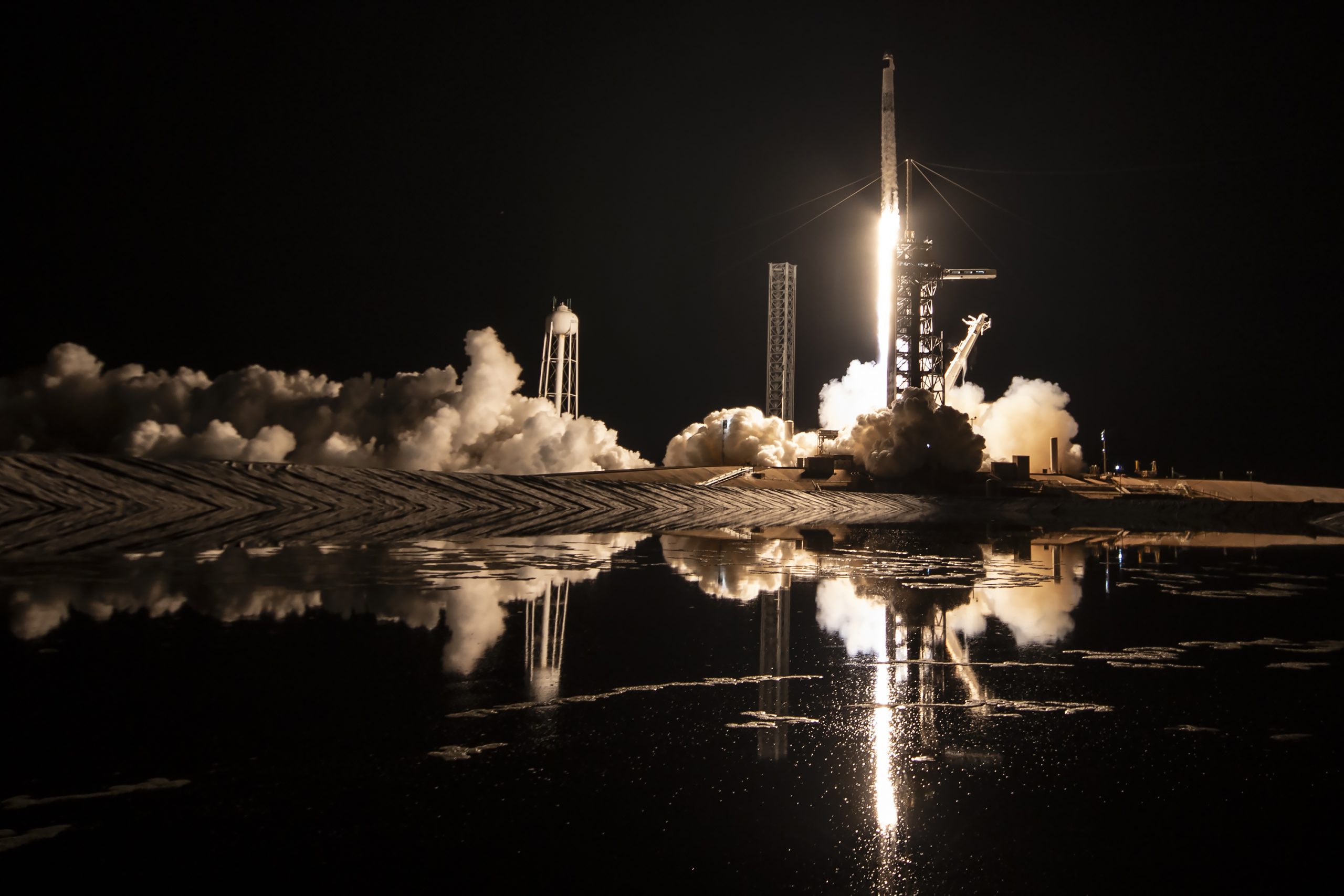
A new report this week suggests that Elon Musk-led rocket company SpaceX is considering an insider share sale that would value the company at $400 billion.
SpaceX is set to launch a primary fundraising round and sell a small number of new shares to investors, according to the report from Bloomberg, which cited people familiar with the matter who asked to remain anonymous due to the information not yet being public. Additionally, the company would sell shares from employees and early investors in a follow-up round, while the primary round would determine the price for the secondary round.
The valuation would represent the largest in history from a privately-owned company in the U.S., surpassing SpaceX’s previous record of $350 billion after a share buyback in December. Rivaling company valuations include ByteDance, the parent company of TikTok, as well as OpenAI.
Bloomberg went on to say that a SpaceX representative didn’t respond to a request for comment at the time of publishing. The publication also notes that the details of such a deal could still change, especially depending on interest from the insider sellers and share buyers.
Axiom’s Ax-4 astronauts arriving to the ISS! https://t.co/WQtTODaYfj
— TESLARATI (@Teslarati) June 26, 2025
READ MORE ON SPACEX: SpaceX to decommission Dragon spacecraft in response to Pres. Trump war of words with Elon Musk
SpaceX’s valuation comes from a few different key factors, especially including the continued expansion of the company’s Starlink satellite internet company. According to the report, Starlink accounts for over half of the company’s yearly revenue. Meanwhile, the company produced its 10 millionth Starlink kit last month.
The company also continues to develop its Starship reusable rocket program, despite the company experiencing an explosion of the rocket on the test stand in Texas last month.
The company has also launched payloads for a number of companies and government contracts. In recent weeks, SpaceX launched Axiom’s Ax-4 mission, sending four astronauts to the International Space Station (ISS) for a 14-day stay to work on around 60 scientific experiments. The mission was launched using the SpaceX Falcon 9 rocket and a new Crew Dragon capsule, while the research is expected to span a range of fields including biology, material and physical sciences, and demonstrations of specialized technology.
News
Tesla Giga Texas continues to pile up with Cybercab castings
Tesla sure is gathering a lot of Cybercab components around the Giga Texas complex.
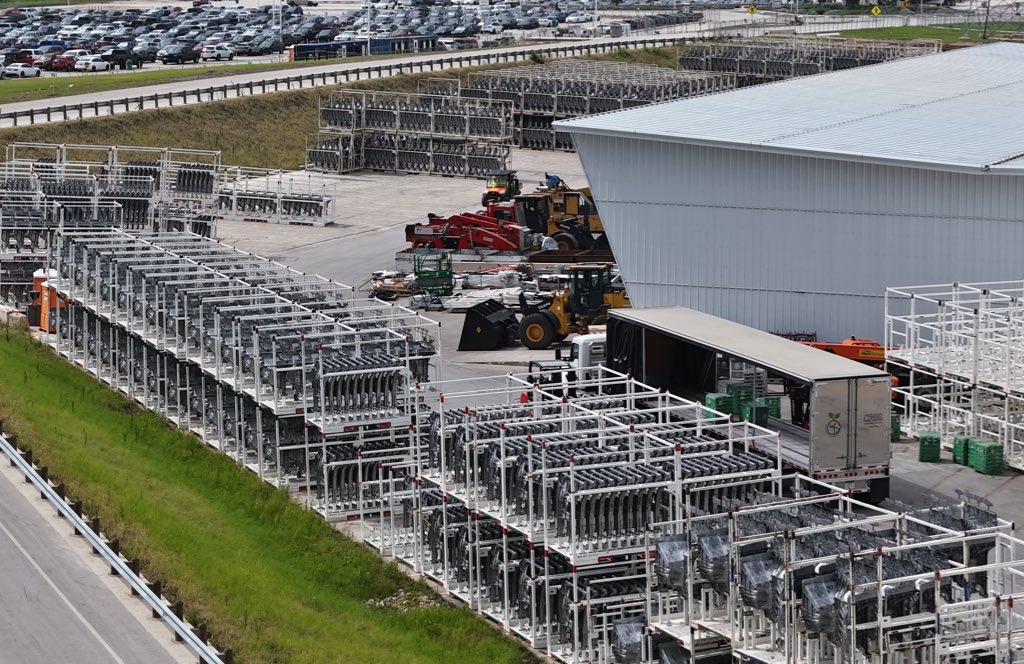
Tesla may be extremely tight-lipped about the new affordable models that it was expected to start producing in the first half of the year, but the company sure is gathering a lot of Cybercab castings around the Giga Texas complex. This is, at least, as per recent images taken of the facility.
Cybercab castings galore
As per longtime drone operator Joe Tegtmeyer, who has been chronicling the developments around the Giga Texas complex for several years now, the electric vehicle maker seems to be gathering hundreds of Cybercab castings around the factory.
Based on observations from industry watchers, the drone operator appears to have captured images of about 180 front and 180 rear Cybercab castings in his recent photos.
Considering the number of castings that were spotted around Giga Texas, it would appear that Tesla may indeed be preparing for the vehicle’s start of trial production sometime later this year. Interestingly enough, large numbers of Cybercab castings have been spotted around the Giga Texas complex in the past few months.
Cybercab production
The Cybercab is expected to be Tesla’s first vehicle that will adopt the company’s “unboxed” process. As per Tesla’s previous update letters, volume production of the Cybercab should start in 2026. So far, prototypes of the Cybercab have been spotted testing around Giga Texas, and expectations are high that the vehicle’s initial trial production should start this year.
With the start of Tesla’s dedicated Robotaxi service around Austin, it might only be a matter of time before the Cybercab starts being tested on public roads as well. When this happens, it would be very difficult to deny the fact that Tesla really does have a safe, working autonomous driving system, and it has the perfect vehicle for it, too.
-

 Elon Musk1 week ago
Elon Musk1 week agoTesla investors will be shocked by Jim Cramer’s latest assessment
-

 News2 weeks ago
News2 weeks agoTesla Robotaxi’s biggest challenge seems to be this one thing
-

 Elon Musk1 day ago
Elon Musk1 day agoElon Musk confirms Grok 4 launch on July 9 with livestream event
-

 News2 weeks ago
News2 weeks agoWatch the first true Tesla Robotaxi intervention by safety monitor
-

 News5 days ago
News5 days agoTesla Model 3 ranks as the safest new car in Europe for 2025, per Euro NCAP tests
-

 Elon Musk2 weeks ago
Elon Musk2 weeks agoA Tesla just delivered itself to a customer autonomously, Elon Musk confirms
-

 Elon Musk2 weeks ago
Elon Musk2 weeks agoxAI welcomes Memphis pollution results, environmental groups push back
-

 Elon Musk2 weeks ago
Elon Musk2 weeks agoElon Musk confirms Tesla Optimus V3 already uses Grok voice AI

















